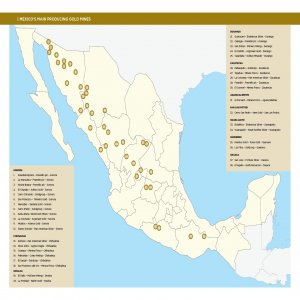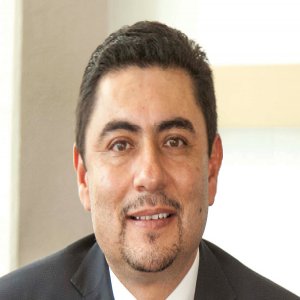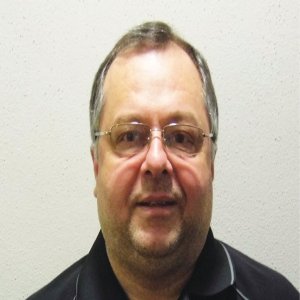Virtual Reality Changing Mining Training Landscape

STORY INLINE POST
The process of bringing new personnel into mining operations, or training existing staff about new machines or equipment, can present exciting and daunting prospects for both employer and employee. From a safety perspective, the mining company has to be sure that its staff is capable of executing the task at hand, without any additional risk to its workforce or equipment. By simulating some of the common processes and mechanical operations in a safe, secure, and accurate virtual environment, the potential for mining accidents can be significantly reduced. With its encouraging tagline of ‘the training is simulated; the skills are real’, e-Tech Simulation exclusively offers state-of-the-art, simulated environments for both apprentices and experienced personnel to improve staff performance, and provide peace of mind for employers.
Virtual reality has experienced plenty of coverage in popular culture over the years, from classic movies such as The Lawnmower Man and TRON, to the more recent acquisition of Oculus VR by social media giant Facebook. Even so, the technology has not generally been associated with professional expertise. e-Tech’s product offering is capable of changing that dynamic, shifting the way in which mining companies approach their training policies and techniques. The virtual reality features within e-Tech’s simulators replicate different mine environments, such as specific terrains or mines. They are also capable of reproducing the experience of equipment operations, enabling personnel to be trained on specifically chosen techniques. “When you are in a simulator, you know you are in a safe environment,” explains Jairo Rivera, VicePresident of e-Tech Simulation. “A simulator is much less intimidating and less expensive to operate than real pieces of equipment. This is why a lot of operators do not get the proper training, which can lead to accidents. The simulators record a training exercise and report on how well a subject performed, showing a different perspective on what may have been done incorrectly. That is very difficult to replicate in real life. Now, from the click of a button, you can start the same scenario again or move on to a more difficult one.” That ability to repeat a scenario is a highly efficient way to improve skills. Performing the same processes with the real equipment would take much longer and present more dangers to everyone involved. According to Rivera, one hour of training within one of e-Tech’s simulators is the equivalent of four to six hours in the real world, depending on the industry, the equipment, and the experience of the operator.
The company’s services extend even further, to what it calls a Dynamic Instructional and Educational Simulation e-Lab (DIESeL). This separates e-Tech from its competitors in that the company ships and installs the simulator, integrates any existing criteria into its own tailored curricula, and trains the operators over the required period of time. “We are a big advocate that all training has to end up with the use of physical equipment, but you can do up to 70% with simulation,” states Rivera. “Once we have the curricula methodology, we convert that into a flow chart that tells us how many people are needed to handle of the life of the project, how many students will take part in the theory aspects, how many will be using the simulations, and what skills need to be improved. That flow chart is then converted into an architectural design, which establishes all the immersive simulation rooms. We also teach experienced professionals who can apply their experience to the simulation training, passing on their skills to the students. We train everybody to understand that their actions can affect their company, the mine conditions, their co-workers, and even the macroeconomics of a country. These kinds of specifics all help to prevent accidents, downtime of equipment, and unwelcome maintenance costs.”
Developed in conjunction with real equipment manufacturers, subject matter experts, and training professionals with expertise in their relevant fields, the simulators are able to replicate the specifics of relevant equipment. By applying specific algorithms, the physics of each piece of equipment are transferred to the simulator, enabling it to mimic the limitations and the capabilities of the real machinery. “We also incorporate the best practices that manufacturers recommend for the maintenance of their equipment,” states Rivera. “We have continuously seen people learn how to operate real equipment through their colleagues. Although good values are sometimes passed along through this method, certain incorrect techniques and questionable habits are also passed along. Simulators can drastically reduce those bad practices, bolstering personnel knowledge and mine safety in one fell swoop.”
The safety success rate that e-Tech’s simulators have received has attracted the attention of insurance companies, which are particularly keen to see accidents reduced. Some have even acquired their own simulators to further study the potential to reduce risks. Rivera is confident in his company and its products, stating that almost any problem that its customers have can be solved with simulation solutions. “The virtual aspect is just one part of the equation,” he says. “We create curricula that are specifically tailored to the needs of the client, to prevent certain potential accidents, or to increase productivity. We can create these curricula from scratch, or integrate them with any current curricula that are in place at any training institution, university, or mine. All of these solutions follow international standards, so we can unify the procedures and the reactions to specific accidents or situations.”





















